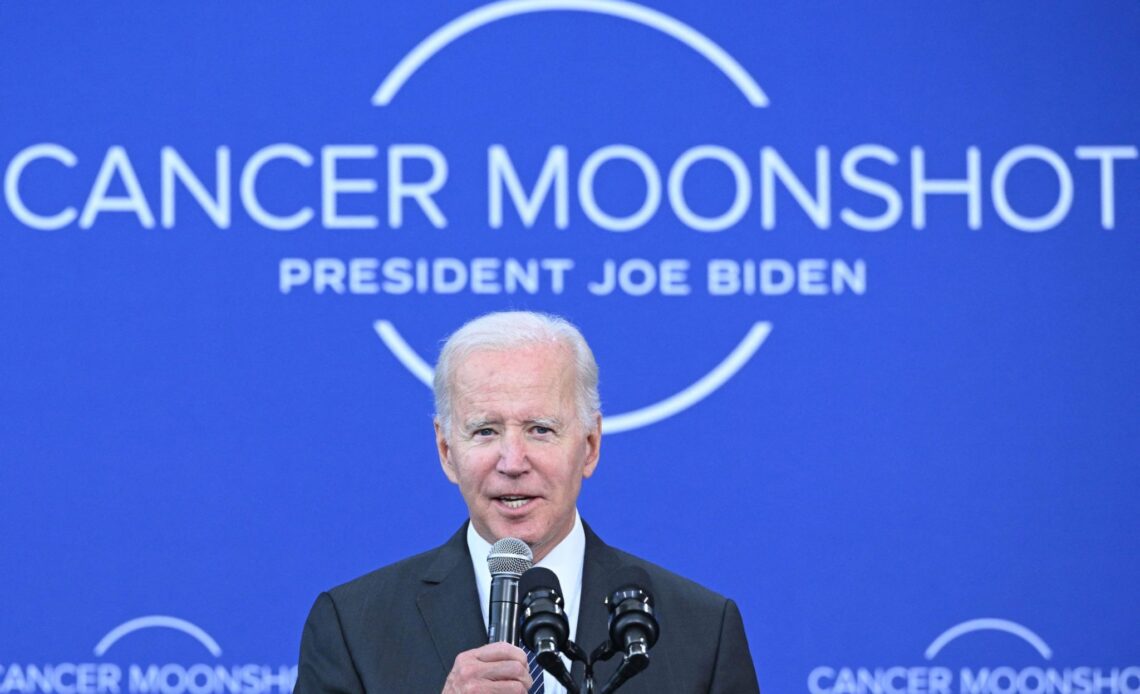In February, President Biden reignited his Cancer Moonshot with two visionary goals: To cut the death rate from cancer by at least 50% over the next 25 years, and to “improve the experience of people and their families living with and surviving cancer.” As an oncologist and a primary care physician who’ve both worked in the cancer field for decades (one of whom is also a cancer survivor), we know that the second aim, which might seem more mundane and less technically audacious, will likely be just as difficult to achieve as the first. And its impact on the Moonshot’s ultimate success will be more important than many realize.
There’s no question that cancer warrants its own moonshot. As the second-leading cause of death in the U.S., cancer’s lethality is matched by its complexity. Cancer is not one disease but a family of diseases. Each form requires different treatments and medicines and involves different timelines and prognoses. The good news is that we’re already making great progress in developing effective therapeutics and new drugs that are measurably improving outcomes. Mortality rates have dropped significantly over the past three decades. If the trend continues, the overall rate will decline by 47% by 2047.
This is the strength of American medicine. We’re proficient at inventing and leveraging advanced technologies and harnessing vast resources in pursuit of scientific breakthroughs, especially during crises or because of urgent need. The rapid development of mRNA vaccines during the COVID-19 pandemic is a case in point. But any medical victory over cancer will be greatly diminished if we do not also achieve commensurate improvements in access, experience, and quality of life for cancer patients and survivors.
On that front, American medicine has much further to go. In fact, in many areas, the experience of cancer care is actually getting worse, intensifying the physical, emotional, and financial suffering of patients and families. This is especially true for people who already face socio-economic disparities and barriers to care and who may, as a result, experience delays in screening, difficulty securing stable housing or even paying for medicine, and lack of access to nutritious food, among other challenges. How is it that we can “go to the moon” with miraculous new cancer drugs and therapeutics but we still can’t ensure a patient can access a bus fare or an Uber ride to get to their chemotherapy appointment?…
Click Here to Read the Full Original Article at Fortune | FORTUNE…


